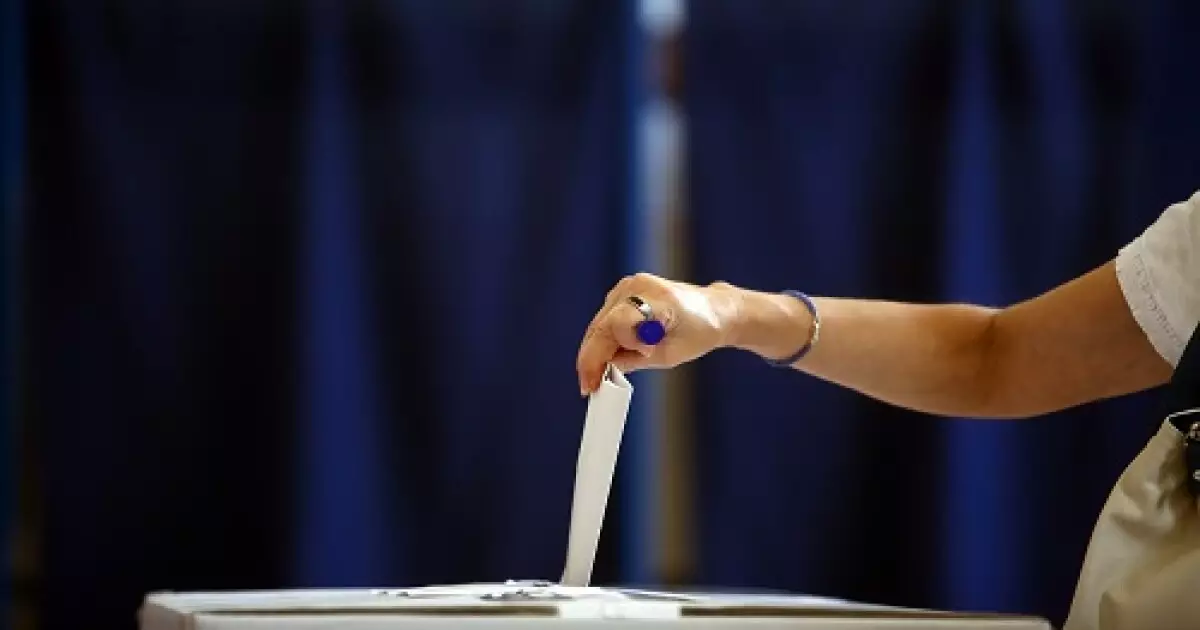As citizens head to the polls next week, a significant milestone in transportation planning and funding is on the horizon. Across various states and local jurisdictions, voters will review a staggering array of 300 transportation-related measures, collectively valued at over $70 billion. These proposed approvals range from local sales tax initiatives to statewide bond measures, indicating a broad engagement in shaping the future of public infrastructure.
One of the most noteworthy aspects of this year’s ballot is the potential financial impact these measures could have. According to the American Road & Transportation Builders Association (ARTBA), eleven specific measures stand out due to their ability to generate over $1 billion in revenue throughout their duration. This financial infusion could significantly enhance the infrastructure landscape, addressing pressing transportation needs across the country.
In the southeastern U.S., voters in eight counties in South Carolina are putting forward measures to enact or renew local sales taxes dedicated to transportation improvements. Similarly, in Georgia, seven counties are seeking approval for renewed transportation-related sales taxes. These initiatives showcase a grassroots effort to directly fund local projects, providing communities with the resources they require for effective transport solutions, such as road repairs, public transit enhancements, and overall infrastructure resilience.
Such local measures not only empower individual communities but also reflect a growing recognition of the unique transportation challenges faced by various regions. By allowing voters the chance to directly influence funding decisions, these local initiatives embody a democratic approach to infrastructure development.
The statewide measure in California deserves particular attention. By proposing to lower the voter threshold for approving bonds and taxes from 66.67% to 55%, it stands to significantly alleviate the hurdles that counties, cities, and towns face in securing funding for essential infrastructure projects. This shift, as highlighted by ARTBA, could promote more efficient maintenance and improvement of roads, bridges, and transit systems, potentially leading to a more robust public infrastructure network across the state.
This shift in California mirrors broader trends among states to make infrastructure more appealing and accessible through voter-friendly mechanisms. If passed, this measure could serve as a model for other states grappling with similar funding challenges.
Meanwhile, voters in Washington state will confront a pivotal decision regarding the future of the state’s carbon credit market. A rejection here could significantly diminish the state’s ability to fund climate-conscious transportation initiatives such as high-speed rail and transit systems, emphasizing the interconnectedness of environmental policy and infrastructure funding.
In Arizona, Maricopa County residents are poised to decide on the extension of a sales tax projected to yield nearly $15 billion by 2045. This funding aims to sustain the region’s admirable average commute time, which currently ranks among the most favorable in large U.S. cities. Such projects not only enhance transit efficiency but also improve overall quality of life for residents.
Seattle is another key player, with voters considering the renewal of a local property tax aimed at raising $1.55 billion for transportation improvements, including new bike lanes and system repairs. This reflects a consistent commitment from Seattle residents towards maintaining their infrastructure over nearly two decades.
Conversely, in Columbus, Ohio, a sales tax increase is on the table, potentially generating $6 billion through 2050 for a fast-needed bus rapid transit system. Columbus is noted as the only city of its demographic scale without such a system, marking this proposal as a crucial step in addressing urban mobility challenges.
The patterns of voter behavior towards transportation measures present a promising narrative. ARTBA’s statistics indicate that over the past year, a remarkable 88% of transportation investment measures received voter approval. Since 2014, nearly 85% of state and local ballot measures across 43 states were greenlighted. This historical context reveals a consistent trend of support for transportation projects, highlighting the recognition of their essential role in economic and social prosperity.
As voters prepare to cast their ballots, these measures underscore a pivotal moment in transportation policy. Clearly, the multifaceted approaches taken to address financing suggest a robust engagement in ensuring sustainable and efficient transportation systems. The outcome of these votes will not only shape infrastructure for future generations but also reflect the collective priorities of communities across the nation.


Leave a Reply